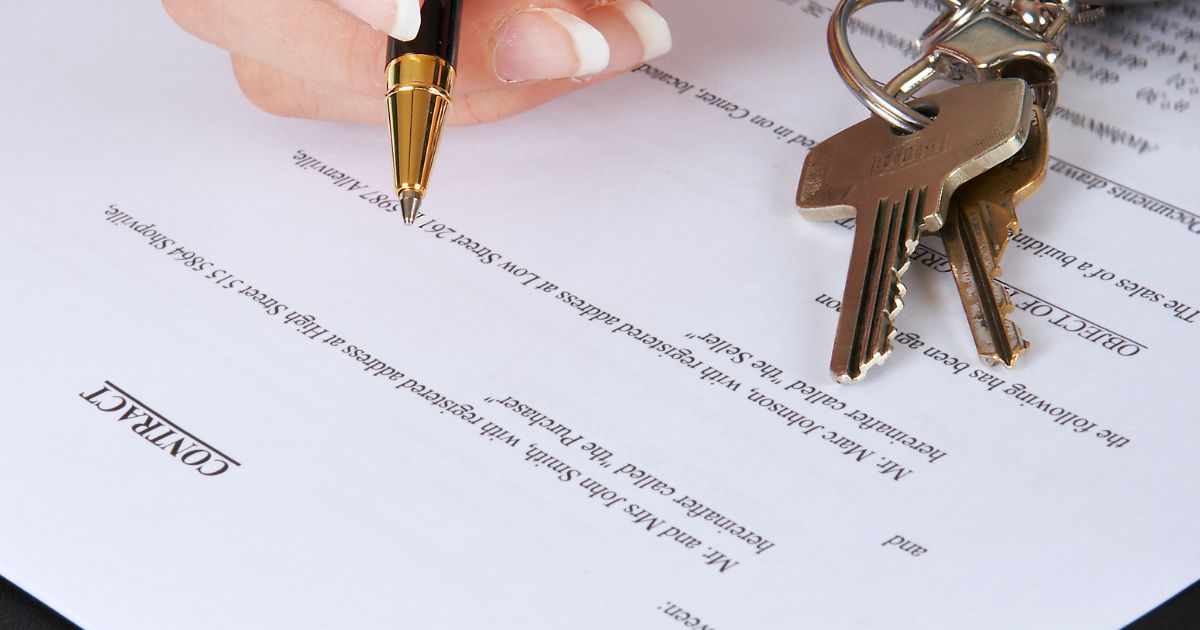How Do Lease Buybacks Work?

A lease buyback, also known as a leaseback, is a real estate transaction in which the seller sells the property to the buyer and then leases it back from the seller for a short period of time. Both the seller and the buyer can benefit from this transaction as long as everything goes well, which it often does not.
Immediately after closing, the roles and the responsibilities become reversed in a leaseback situation, with the seller becoming the renter of the property and the buyer the landlord. With that instantaneous transfer comes a shift in the legal and contractual responsibility for the maintenance, repair, and replacement of the property between the parties. This important shift is often overlooked at the time the contract of sale is negotiated between the parties, leaving the seller and buyer in an awkward, precarious position when the leaseback term ends.
What Are the Benefits of a Leaseback?
Sellers benefit from leasebacks because it gives them more time to move out after selling their property. They also get immediate access to the proceeds of the sale which they can then use to invest or to purchase a new home.
Buyers who do not need to move in right away can also benefit from a leaseback because they can lock in their mortgage rate at closing. This is ideal when mortgage rates are on the uptrend, like they are currently. In addition, buyers can receive rental payments that they can reinvest in their new home once they take possession of the property.
What Are the Risks of a Leaseback?
At the end of the leaseback term, the buyer expects the property to be in the same condition it was in when the buyer purchased the property. On the other hand, the seller expects to be treated as a bona fide tenant under a typical lease arrangement having no responsibilities to repair or replace any component of the property that it once owned. It is when these two expectations are at odds with each other and collide does a once harmonious transaction sour. Who is responsible for a roof leak that occurred the day after closing which had previously been unknown/nondisclosed?; Who is responsible to address mold that was discovered in the ductwork during the leaseback term?; who is responsible for the appliance repair that was needed during the leaseback term?; and who is responsible for a chimney fire that was caused by a buildup of soot?; These are just some of the disputes buyers and sellers find themselves embroiled in when the buyer and seller have differing opinions of their respective rights and responsibilities.
How Can I Protect Myself in a Leaseback Transaction?
Walk-throughs are typically done before a closing on a traditional sale to make sure the property is in the same condition it was in prior to submitting a contract of sale for the property. The same holds true under a leaseback arrangement. The buyer should perform an inspection and walk-through to check for issues such as water damage, leaking roofs, mechanical, and electrical issues before closing. Establishing a definitive condition of the property at the time of closing and documenting what the rights and responsibilities of the parties will be during the leaseback term will help eliminate the ever-increasing collision of different expectations and save both parties a lot of time and money.
Drafting a binding agreement between the parties that addresses the rights and obligations of the parties during the leaseback period is paramount in avoiding a dispute between the parties when the leasing period comes to an end; a dispute that often leads to an expensive court battle simply because neither party took the time to draft up a leaseback agreement. Such an agreement sets forth the rights and responsibilities of the buyer and seller during the leaseback period, leaving no guesswork on where the responsibilities lie between them. Provisions within such an agreement include:
- Property maintenance, repair, and replacement between buyer and seller.
- Addressing previously unknown latent defects.
- Rights of the buyer and seller.
- Restrictions on subletting.
- Use and occupancy of the property.
- Property insurance.
- Payment of utilities.
- Security deposit.
- Pet damage.
- Procurement of home warranty.
- Moveout inspection.
- Dispute resolution provision.
Whether you are the buyer or seller, our real estate lawyers at Oliveri & Larsen can protect your interests in a leaseback transaction. Call us at 410-295-3000 or contact us online to schedule an initial consultation. Located in Annapolis, Maryland, we serve clients in Ocean City, Anne Arundel County, Baltimore County, Baltimore City, Calvert County, Harford County, Howard County, Queen Anne’s County, St. Mary’s County, Worcester County, Kent County, and the upper and lower Eastern Shores of Maryland.
